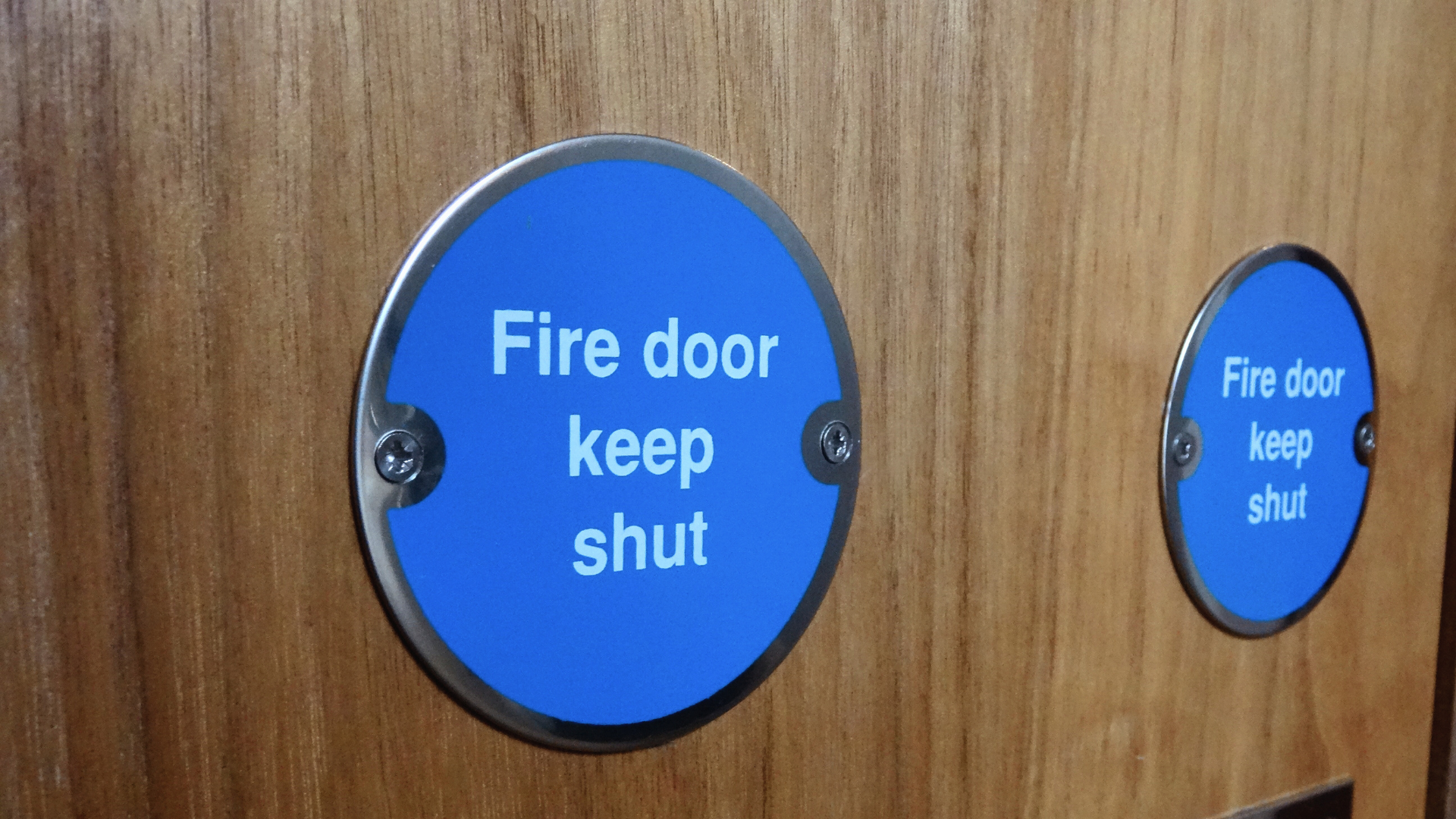Get in Touch Now!
The Fire Safety (England) Regulations 2022 were designed to help make residential buildings safer, especially high-rise residential buildings.
A key part of the fire regulations focuses on fire doors, ensuring that all fire doors within residential buildings are properly maintained in a correct working order. The initial regulations cause some confusion within the industry, the recent updated guidance sought to resolve this, clarifying legal duties and the standards to which fire doors must meet.
The Responsible Person is legally responsible for a buildings fire safety in its common areas, and therefore responsible for carrying out the regulations under the Fire Safety (England) Regulations. This is usually the building owner, a landlord, or the managing agent. It is their job to make sure the regulations are followed.
The Updated Guidance
The recently released guidance on The Fire Safety (England) Regulations 2022: fire doors provides clarity on the matter of fire doors. The regulations do not require building owners to force residents or leaseholders to replace older fire doors that were installed to previous safety standards. If the door satisfies the safety standards for a fire-resisting door at the time the building was built, or the door was manufactured, and will continue to provide adequate protection, the door does not have to be replaced. If there is an absence of intumescent strips and smoke seals, and the absence of any form of certification for the door, this does not imply that the door is unfit for purpose.
The new rules are focused on ensuring that all existing doors are well-maintained and in proper working order. They are about checking and maintaining, not automatically replacing, older doors that are still functional.
Duties of the Responsible Person
As a Responsible Person, you must provide residents with relevant information about fire doors at least every 12 months. This includes explaining what a fire door is and reminding them not to tamper with the self-closing device and to always keep the door shut when not in use.
Routine checks on all fire doors much be completed. The frequency of these routine checks will depend on the building’s height. In residential buildings 11m+, all flat entrance doors at least every 12 months. For all residential buildings, regardless of height, communal fire doors must be inspected every 3 months.
These routine checks don’t need to be a formal inspection by a fire safety expert. They are simple visual checks to spot any obvious problems. The guidance provides a checklist of what to look for, which includes:
- Checking for any damage to the door, door frame, or the seal around the door.
- Making sure the self-closing device works correctly, and the door closes completely on its own without needing a push or pull.
- Checking that the gaps around the top and sides of the door are not too large.
These simple checks are a first step to identify and fix any basic issues, but they do not replace a full, professional fire safety assessment when one is needed.
The Role of Fire Doors
Flat entrance doors prevent the spread of fire into the common parts of the building and ensures the safety of other residents.
Fire doors in stairways and lobbies keep the stairways and lobbies free from fire and smoke, this means they can be safely used by residents if they need to evacuate the building during a fire. They also assist firefighters during a operations.
Doors the subdivide corridors help to limit the spread of fire and smoke through long corridors.
Plant room and cupboard doors prevent fir and smoke entering these areas.
How the Regulations Support the Wider BSA22
The Building Safety Act is the overarching piece of legislation that regulates building safety. By establishing accountability and larger frameworks such as the digital golden thread, the BSA focuses on making residential buildings safer for those who call it home. The Fire Safety (England) regulations 2022 are specific and practical that direct action from responsible persons. The regulations act as a crucial tool, turning the broad principles of the Building Safety Act into concrete actions that save lives.



